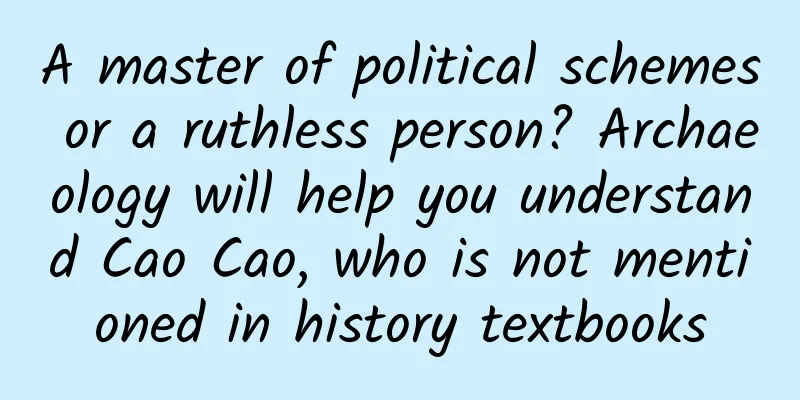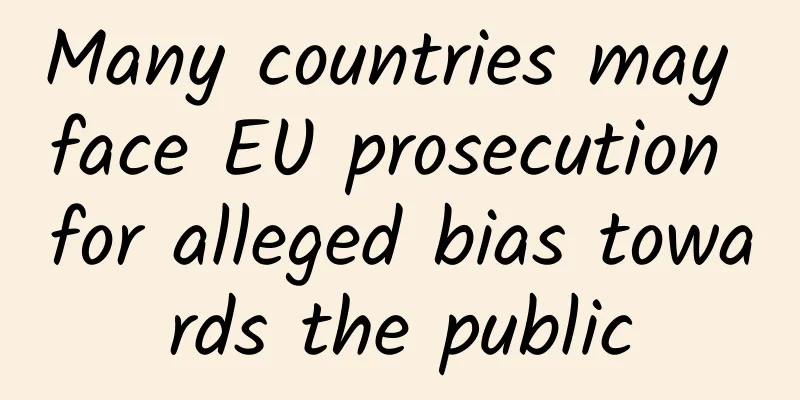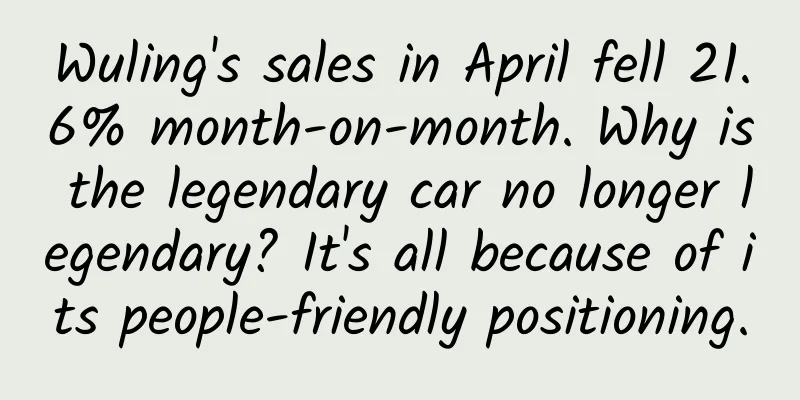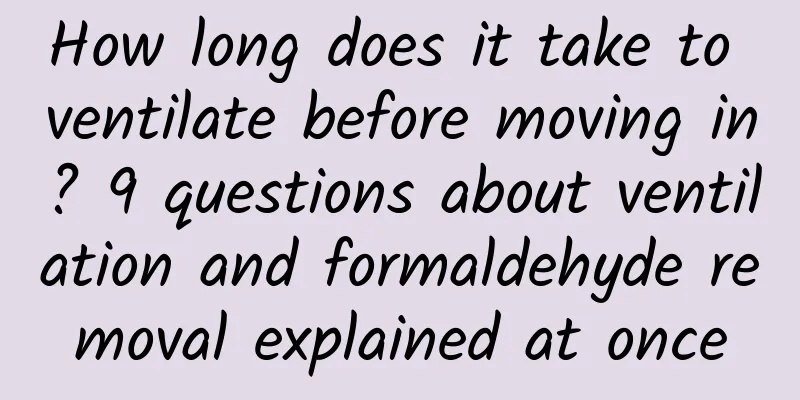A master of political schemes or a ruthless person? Archaeology will help you understand Cao Cao, who is not mentioned in history textbooks

|
On the eve of May Day, the Cao Cao Gaoling Site Museum in Anyang City, Henan Province was officially opened. 488 pieces (sets) of exquisite cultural relics were displayed for the first time, attracting great attention from all walks of life. Since the villagers of Xigaoxue Village in Anyang discovered the suspected tomb of Cao Cao in 2008, the excavation and identification of Cao Cao's Gaoling has gone through a tortuous process. After all, history textbooks and Baidu tell us that Cao Cao was an outstanding politician, military strategist and writer in ancient my country, and the founder of the Cao Wei Kingdom during the Three Kingdoms period. Thanks to the novel and film and television series "Romance of the Three Kingdoms", Cao Cao is a universally recognized traitor, hypocritical, cruel, and the representative of villains. Therefore, the research and identification of Cao Cao's tomb and even whether to build a museum in Gaoling have always been done with great caution. The comprehensiveness and meticulousness of the related research are unprecedented in the history of Chinese archaeology. On April 27, Cao Cao Gaoling Site Museum officially opened Image source: Henan News Network All of this has become clear with the opening of Cao Cao's Gaoling Ruins Museum. Among the many truths, the most discussed and controversial one is what kind of person Cao Cao was! 1 Cao Cao is a shrewd and sentimental man! Cao Cao was actually very confused when choosing the location of his mausoleum, because he had three options: Luoyang, Xuchang, and Anyang. He chose Anyang, which was the last one on the list, which shows that he was very shrewd and full of sentiment. Cao Cao wanted to be buried in Luoyang after his death. Luoyang was the starting point of his career in the government. It was famous for beating the uncle of the eunuch Jian Shuo to death. Cao Cao later ruled Luoyang for many years and died of illness there. So before his death, he specially went to the place where he had beaten the uncle of Jian Shuo to death to reminisce about his youth. Portrait of Cao Cao Image source: Fangyuan Literature and History Public Account Cao Cao also wanted to be buried in Xuchang after his death. First, Xuchang has a superior geographical location and is a strategic place for both land and water transport. "Henan is the center of the world, and Xuchang is also the center of Henan. It is indeed a place with the best geographical location in the world," as later generations said. Second, Xuchang was Cao Cao's tacit capital of the Cao Wei Kingdom. He once welcomed Emperor Xian of Han from Luoyang to Xuchang, thus realizing the political strategy of "serving the emperor to command the disobedient." The shrewd Cao Cao chose neither of the two. Being buried in Luoyang or Xuchang was too dazzling. He did not proclaim himself emperor during his lifetime because he knew that he had offended too many people in the process of pacifying the world, which was not conducive to the establishment of the Cao Wei regime, so he tried his best to keep a low profile. After weighing the pros and cons, he thought of Yecheng, the territory where the family temple had been built. Yecheng in the late Han Dynasty included the current Anyang, Henan and Handan, Hebei. He finally chose to be buried in Anyang, Henan, largely because of his own feelings: because there is a famous Ximen Bao Temple there. When he was young, he was not afraid of the powerful and beat Jian Shuo's uncle to death. Isn't this just imitating Ximen Bao's drowning of the witch? There is archaeological evidence for this. Archaeology is a science that emphasizes evidence. The evidence for archaeological discoveries mainly comes from documents and physical objects. Physical objects are better than documents because they are excavated and difficult to forge. Many archaeological discoveries first have documents and then physical objects. For example, Cao Cao's Gaoling. Cao Cao's Tomb Rendering Source: Fangyuan Literature and History Public Account Cao Cao was shrewd and sentimental. The documentary evidence is the will he left before his death, which reads, "In ancient times, people were buried in barren lands. I plan to build my tomb on the west hill of Ximen Bao Temple... After I die, I will be buried on the west hill of Ye, near Ximen Bao Temple." (Records of the Three Kingdoms, Wei Shu, Emperor Wu Ji), which is very convincing. The physical evidence is the Cao Cao Gaoling Site Museum, which opened not long ago. According to research, this museum is indeed adjacent to the Ximen Bao Temple. As part of the ancient Ye City, the Ximen Bao Temple is located in Beifeng Village, Anfeng Township, Anyang County, Anyang City, Henan Province. It is a key cultural relic protection unit in Henan Province and has become a typical attraction for believing in science and opposing superstition. 2 Cao Cao is a frugal and low-key person! Anyone familiar with the history of the Three Kingdoms knows that Cao Cao, who held a high position, was a very frugal person: not only did he advocate frugality himself, he also required his children and harem to be simple and not wasteful. "He was a man of modest character, not fond of extravagance. The clothes of the imperial harem were not embroidered, the shoes of the imperial attendants were not of two different colors, the curtains and screens were mended if they were broken, and the bedding was used for warmth, without any edge decoration... The four directions presented them to the emperor, and he shared them with his subordinates." This passage from the "Records of the Three Kingdoms" transferred to the "Book of Wei" is very illustrative: first, the people in his harem were not allowed to wear brocade, the edges of curtains and screens were not decorated, and they were mended when they were broken; second, he did not keep for himself the treasures obtained from sieges or offered by all parties, but shared them with his subordinates. Another example of Cao Cao's frugality is his advocacy of "simple burial" . Documentary evidence comes from two aspects. First, before his death, he arranged his funeral in his "Final Order" and said, "In ancient times, burials must be in barren lands... (Shouling) has a high base, without a lintel or trees." In his "Last Will," he clearly stated, "The world is not yet stable, and we cannot follow the ancient ways. Bury in contemporary clothes and bury in the west hill of Ye... No gold, jade or other treasures." Second, the "Final Order" and "Last Will" were effectively implemented. Both "Cewen" (author Cao Pi) and "Elegy" (author Cao Zhi) wrote that Cao Cao's tomb contained very few treasures, and he was buried in patched clothes. Cao Cao's Tomb in Anyang under Excavation Image source: Silk Road World Heritage Network There is no doubt that the documentary evidence about Cao Cao's frugality and simple burial comes from the authoritative "Records of the Three Kingdoms" in the historical community . What has been lacking for thousands of years is physical evidence, and the opening of the Cao Cao Gaoling Site Museum has effectively solved this problem. Cao Cao's Gaoling Mausoleum imitates the structure of the mausoleums of the kings and emperors of the Han Dynasty, with four corners and a zenith; it is divided into a front room, a back room, two side rooms and a tomb for burial, with a total area of about 10,000 square meters . This scale is nothing compared to the imperial mausoleums of the Han Dynasty, which were hundreds of thousands of square meters or even built on mountains (such as the Mausoleum of Emperor Wu of Han). Although Cao Cao did not become an emperor during his lifetime, he could use the emperor's flag and his power far exceeded that of an emperor. The structure and scale of his mausoleum can only mean that he wanted to keep a low profile as much as possible. The more than 480 pieces (sets) of cultural relics unearthed from Cao Cao's Gaoling are mostly stone, iron and bronze, with very few silver and jade artifacts; in terms of type, they are mostly stone tablets, weapons and daily necessities, with almost no luxury goods. Gaoling has been robbed, but experts estimate that the stolen cultural relics are less than one-tenth of the unearthed. Compared with other imperial tombs that are often filled with gold, silver and jewelry, or even filled with human sacrifices, Cao Cao's Gaoling seems very "shabby". An inscribed stone tablet unearthed from Cao Cao's Gaoling Mausoleum Image source: Wenbo Shanxi Among the many cultural relics, there is one that can best prove Cao Cao's frugality and low-keyness during his lifetime, that is the Qu pillow , named "The stone that King Wu of Wei often used to comfort his neck." The channel pillow is rectangular in shape, with an arc-shaped groove in the middle that is just big enough to hold a human neck, like a channel, hence the name. According to historical records, Cao Cao suffered from migraine in middle age and needed a pillow to store water. He initially used a copper water pillow, but copper would stink after holding water for a long time, so he changed to a silver water pillow. After a while, he was worried that others would misunderstand that he liked silver and was extravagant, so he changed to a wooden water pillow. The wooden water pillow could not be used for too long, so he changed to a stone water pillow, which is the unearthed Qu pillow. The Qu pillow has a general appearance and has traces of bumps on it. According to normal reasoning, it was used by Cao Cao during his lifetime and was not a specially customized burial item. Burying a pillow that had accompanied him for many years in the tomb reflects Cao Cao's frugal, low-key and easy-going personality. The back of the channel pillow Image source: Silk Road World Heritage Network To sum up, some of Cao Cao's characteristics have been restored through the positioning of Cao Cao's Gaoling, the tomb structure, and unearthed cultural relics. To fully and accurately understand Cao Cao will inevitably be a long archaeological process, and the Cao Cao Gaoling Site Museum only provides physical evidence. In addition, a deeper understanding of Cao Cao is not only an archaeological issue, but also related to the effective inheritance of Chinese culture. As Bao Guoan, a famous performing artist and actor who played Cao Cao in the 1994 TV series Romance of the Three Kingdoms, said at the opening ceremony of Cao Cao Gaoling Museum, "Through Cao Cao's works, we should have a more objective understanding of Cao Cao and make a more accurate evaluation of this period of history. I suggest that everyone, especially young people and children, come here (Cao Cao Gaoling Site Museum) to take a look and better pass on our country's excellent historical culture." Because the foundation of cultural inheritance is to recognize what is true culture and history. References: 1. “Analysis on Issues Concerning Cao Cao’s Tomb”, author Yang Kun, Silk Road, No. 8, 2013. 2. “Also on Cao Cao’s Mausoleum in Xigaoxue”, Meng Xianjie and Yin Wu, Chengdu Journal, February 2011. 3. Archaeological Discoveries and Research on Cao Cao’s Gaoling Mausoleum, Cultural Relics Publishing House, December 2010. Author: Wei Deyong, member of Shenzhen Writers Association, Guangdong |
Recommend
Haier reveals a big inside story of the home appliance industry: Why China's smart manufacturing shocked the world
Since the rise of the intelligentization wave, th...
This article will guide you from 0 to 1 to build an overseas operation and promotion system!
How to build an overseas operation and promotion ...
Hero Entertainment CEO Ying Shuling: How I influenced Xu Xiaoping and Wang Sicong
[[149983]] In the history of China's Internet...
3 steps to increase conversion rate of wedding photography!
Achieving conversions by adding followers to publ...
TDD and FDD in the eyes of technology geeks: 4G frequency is the lifeblood
In 4G, the proportion of shared technologies betwe...
How beautiful are China's karst landforms? -- Karstologist and Chinese Academy of Sciences member Yuan Daoxian
Every year at the beginning of the school year, t...
Does the supermoon have "magic" powers? Is it the moon that causes poor sleep and sunburn from night running?
Audit expert: Peng Guoqiu Deputy Chief Physician,...
Energy consumption management will implement double points, and the new energy vehicle industry chain is facing a reshuffle
A relevant person in charge of JAC Motors said in...
Guangzhou Hotel Management Mini Program, How to Make a Hotel Accommodation Mini Program?
With the advent of well-known hotel brands, many ...
Lu Cheng's psychological lesson on parenting and self-healing
Lu Cheng's parenting and self-healing psychol...
"Yangkang" passengers return home
Source: Xinhua News Agency Client Producer: Sun Z...
In the education industry, how should information flow advertising be used?
Recently, the investment guidelines for major ind...
The operation and promotion of Super Course Schedule
1. App Market ASO In terms of the overall environ...
Planting trees at an altitude of 3,600 meters, the barren mountains are turning green!
"Gelsang flowers are in bloom, trees are lus...
Opinion: Everyone hates cable TV, not just young people
For cable companies, the most common argument for...









